
If you've ever tried to make a pineapple smoothie and ended up with something closer to cottage cheese, you may have blamed the pineapple for curdling the milk. You were right -- the acid in pineapple will curdle milk. You can prevent this curdling, once you understand why and how pineapple curdles milk.
Science of Curdled Milk
Milk is a complex substance made up of fat and proteins, including casein, suspended in liquid. Milk is naturally slightly acidic, with a pH between 6.4 and 6.8. When its pH drops, either because of an added acid or because the milk has soured naturally, the negatively charged casein micelles, or clumps, begin to attract one another, forming larger clumps. Eventually these clumps become large enough to be seen and are considered curds.
Pineapple and pH
Pineapple is an acidic fruit, with a pH between 3.0 and 4.0. Very sour pineapples are only slightly less acidic than lemon juice or vinegar. Keep in mind that sweetness and acidity vary from fruit to fruit, depending on ripeness. A ripe, sweet pineapple will have a pH closer to 4.0, while a sour one will have a lower pH.
High Fat, Low Curdle
The type of milk you choose will affect the degree to which pineapple will curdle the milk. Skim milk curdles more quickly and easily than whole milk does, because the fat in whole milk coats the casein proteins, making it more difficult for them to clump into curds.
If you do not have whole milk, try adding another source of fat into your dish or beverage. For example, you could add half-and-half or heavy cream to a smoothie to increase the fat content and prevent curdling. In a cooked dish, you could add melted butter to achieve the same effect.
Big Picture pH
The key to success when combining pineapple with milk is the overall pH of the milk. Add a third ingredient, such as coconut milk, to the pineapple before you add the milk. Coconut milk has a pH of 6.1 to 7.0, making it nearly neutral. If you add enough coconut milk, it will raise the overall pH of the dish to a point where the milk won't curdle. The exact amount will depend on the pH of the pineapple and how much pineapple and milk you are combining. Because coconut milk has a strong flavor, take this into account when adding it to a recipe. Bananas have a milder flavor that also pairs well with milk and pineapple, and they have a pH of 4.5 to 5.2, enough to raise the overall pH somewhat.
Always add the milk last, after you have added any other ingredients to the pineapple.
Related Articles

What Makes Homemade Chai Curdle?

What Types of Fruit Can You Mix With ...

What Is a Good Mixed Drink Using ...

How to Use Evaporated Milk for Drinking

Is Applesauce an Alkaline Food?

What Type of Microorganism Is Used to ...

Whole Milk Vs. Lactaid Milk

Can I Dilute Whipping Cream to Sub Milk?
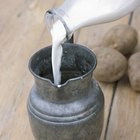
How to Keep Scalloped Potatoes From ...

How to Make Cherry Bomb Shots

Substitutes for Sour Mixes

A Heavy Cream Substitute for Creme ...

How to Prepare Water Kefir to Drink
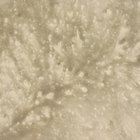
Uses for Curdled Milk
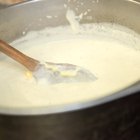
How to Create Sour Milk

How to Use Pectin to Thicken Sauces
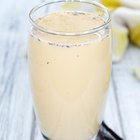
Nutrition Information For a 16-Ounce ...

Types of Fruit Smoothies
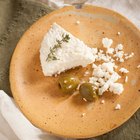
How to Make Queso Fresco

Can You Eliminate Gas and Bloating With ...
References
Writer Bio
Tricia Ballad is a writer, author and project geek. She has written several books including two novels, teaches classes on goal setting and project planning for writers, and loves to cook in her spare time. She is living proof that you can earn a living with a degree in creative writing.
Photo Credits
Jupiterimages/Stockbyte/Getty Images